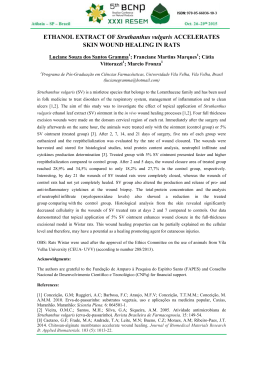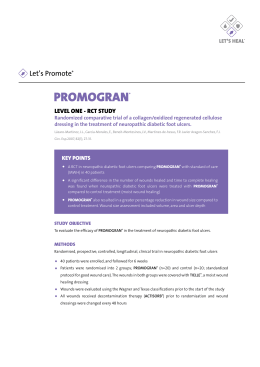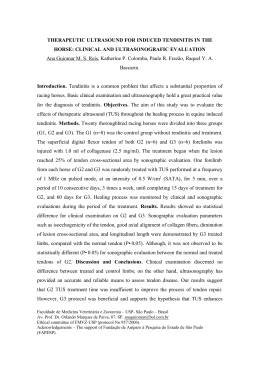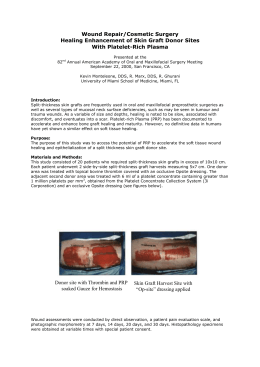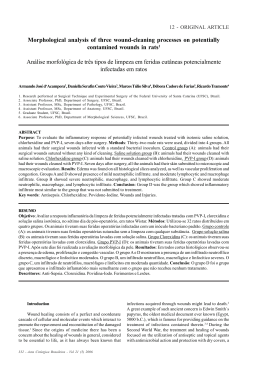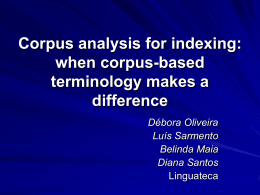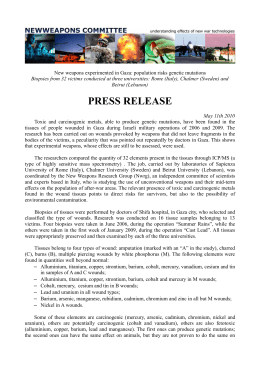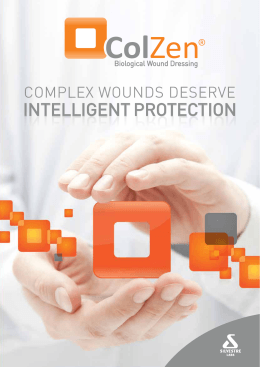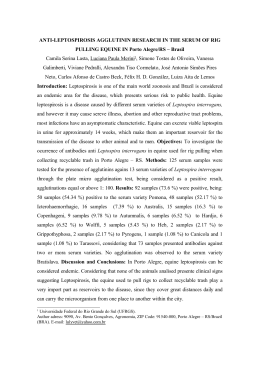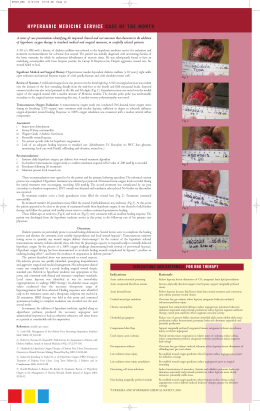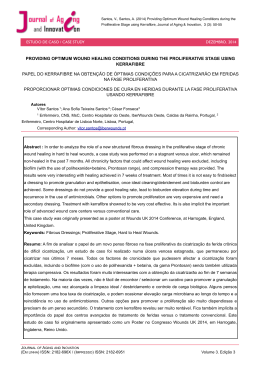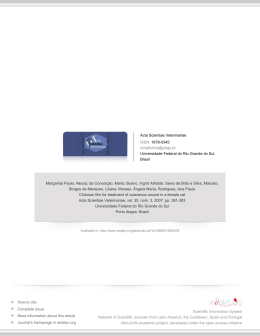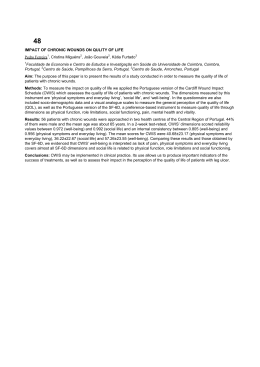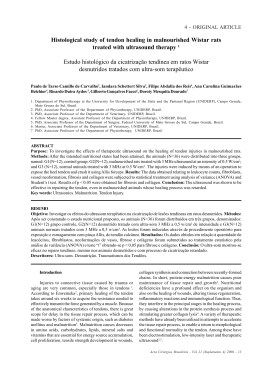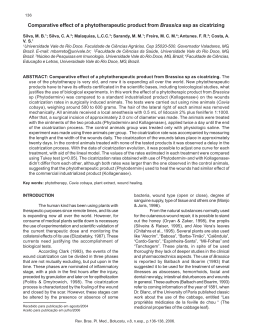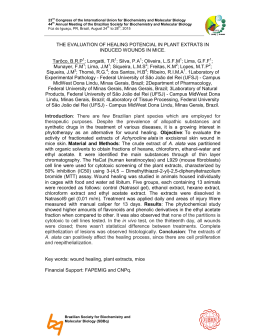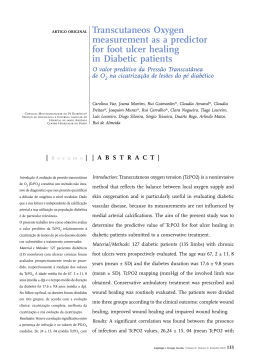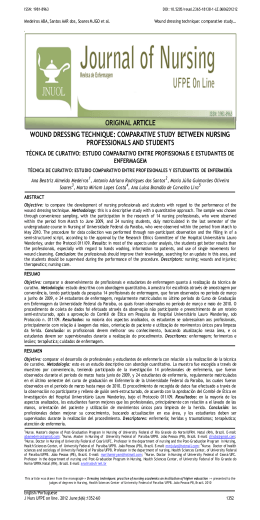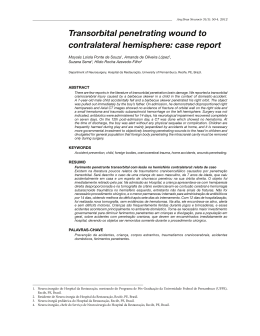THERAPEUTIC ULTRASOUND AS TREATMENT IN EQUINE WOUNDS Júlia de Miranda Moraes, Ana Maria Guerreiro Braga da Silva, Fábio Henrique Bezerra Ximenes, Ana Lourdes Arrais de Alencar Mota, Renata de Pino Albuquerque Maranhão, Roberta Ferro de Godoy. Introduction and objectives: The therapeutic ultrasound (TUS) works in several ways to accelerate the healing of an injured tissue. It has the capacity of increase the cellular metabolism, increases the cell permeability of the tissue’s membranes, changes the cell’s volume and helps undue adherences due to the detachment of the collagen fibers. All this properties makes the TUS diminishes the time spent on wound healing. The purpose of this work is to relate the clinical efficacy of the use of the TUS, on the pulsated mode, as a treatment protocol in equine wounds. Case report: Two adult horses were referred to the Veterinary hospital with history of lacerations on the forelimbs. Animal A had a 73 cm² laceration on the lateral surface of the right arm and animal B had a 80,8 cm² wound on the dorsal and lateral surface of the left cannon. They were submitted to treatment with the TUS (Sonacel – Bioset, 1MHz) treatment using the direct method on bare skin, with gel in between them, with the pulsated mode and 0,2W/cm² of intensity around the lesions during 15 minutes, decreasing the time as the lesion heal. The sessions were done three times a week, in a total of 26 sessions along 60 days. After thirty days of treatment, animal A had a 60% (29,9 cm²) reduction of its initial measurement and animal B had a 80% (16,8 cm²) reduction. Within fifty days of treatment, animal A presented a 91% (6,2 cm²) reduction and animal B 92% (5,9 cm²) reduction of the initial size. At the end of the treatment, on both horses, complete epithelization of the wound was observed. Discussion and conclusion: The treatment used with the TUS was crucial to modulate the inflammatory response, increasing the healing process and the epithelization of the wound. After only seven sessions, the lesions had approximately a 35% decrease of its initial measurement. Therefore, the TUS is highly recommended to treat equine wounds. Hospital Escola de Grandes Animais da Granja do Torto da Universidade de Brasília (UnB). Endereço: Galpão 4, SEAPA, Granja do Torto, Brasília-DF. E-mail: [email protected]
Download
